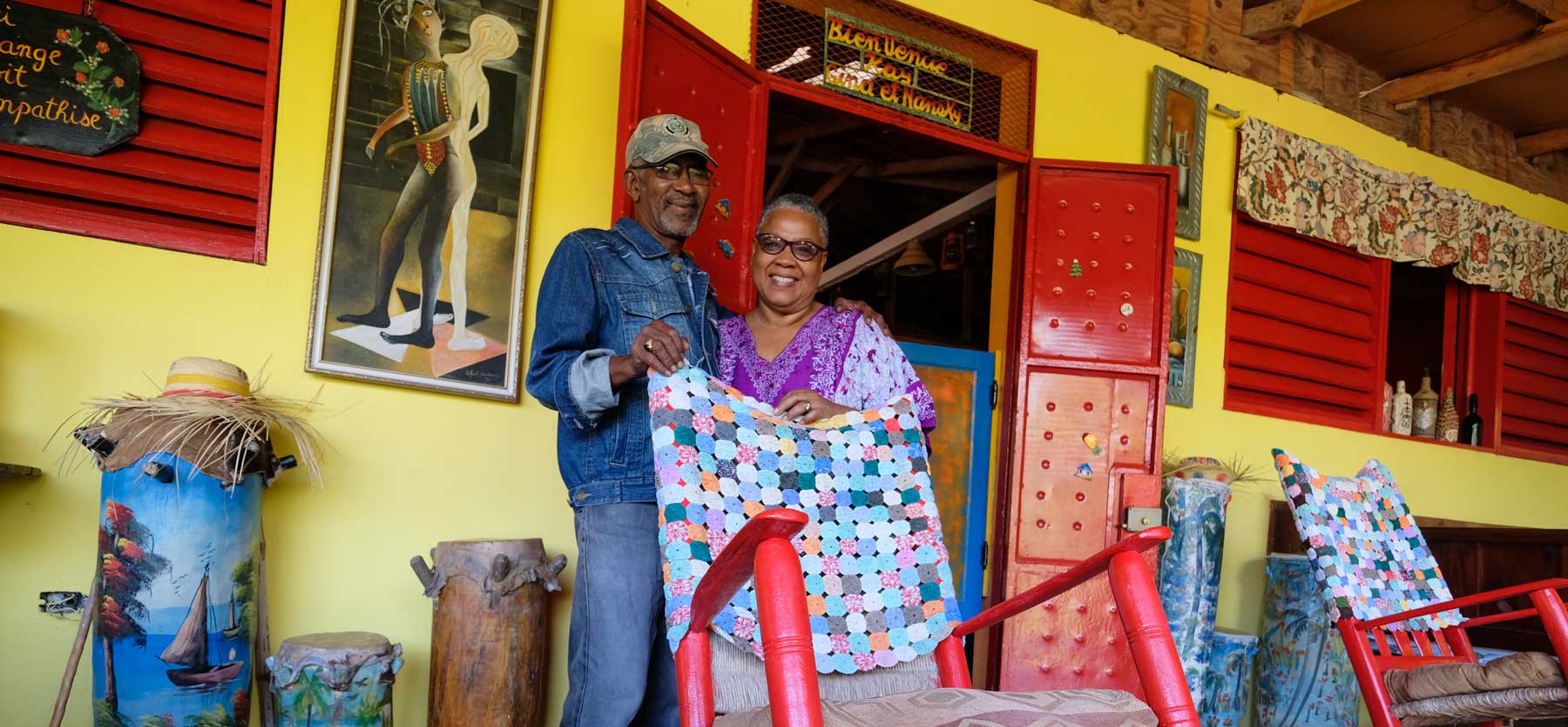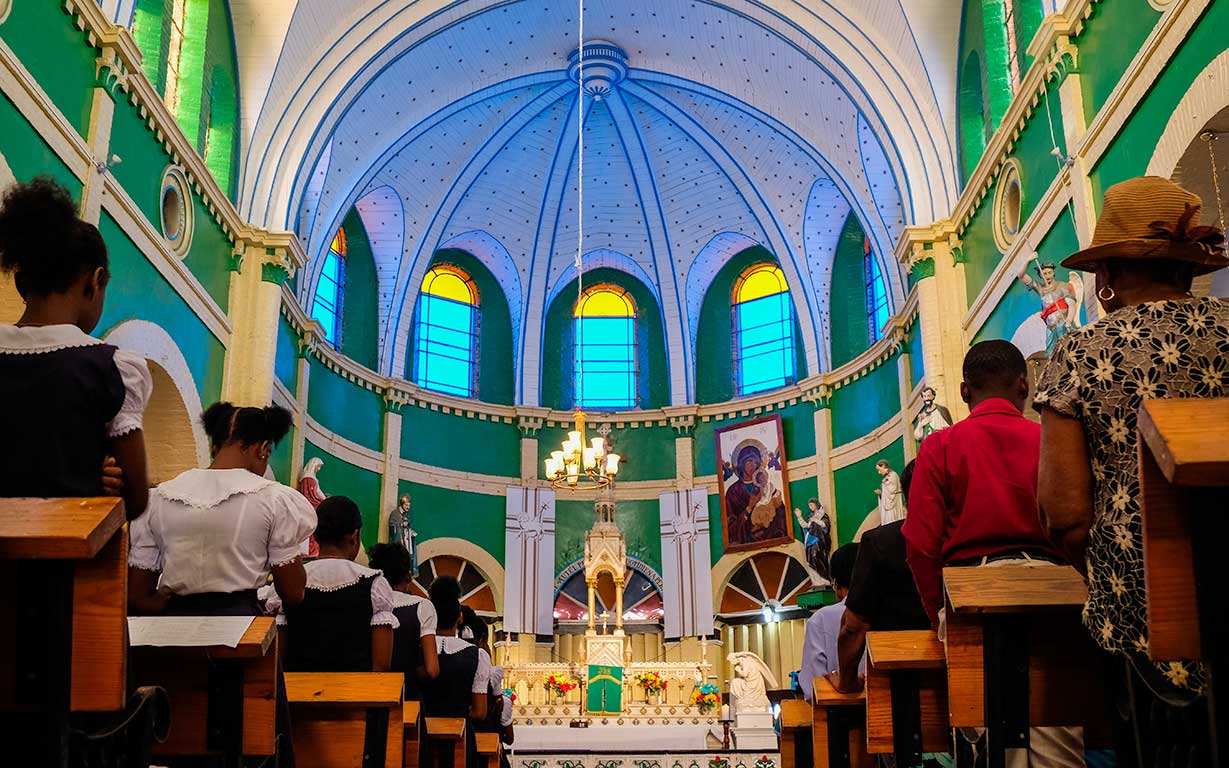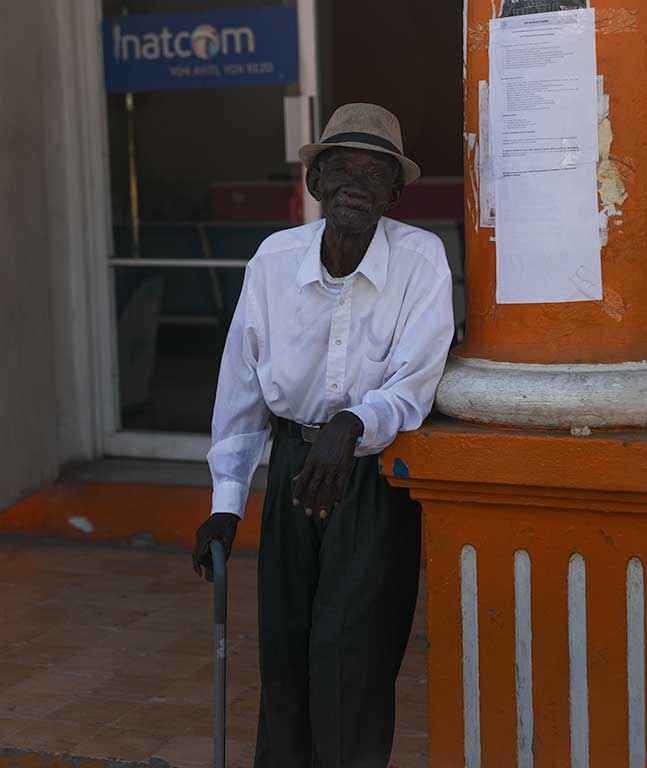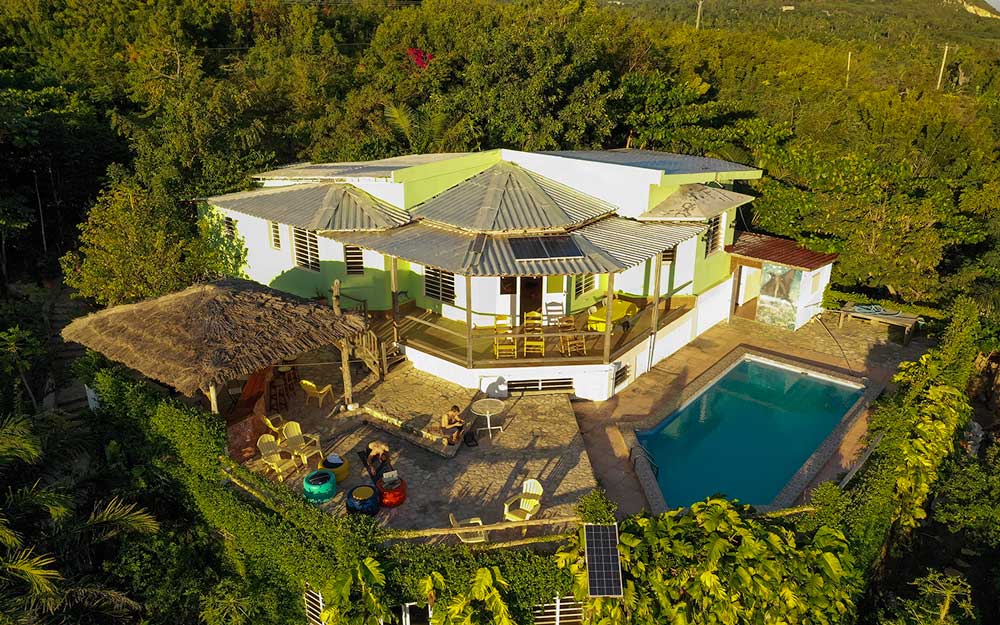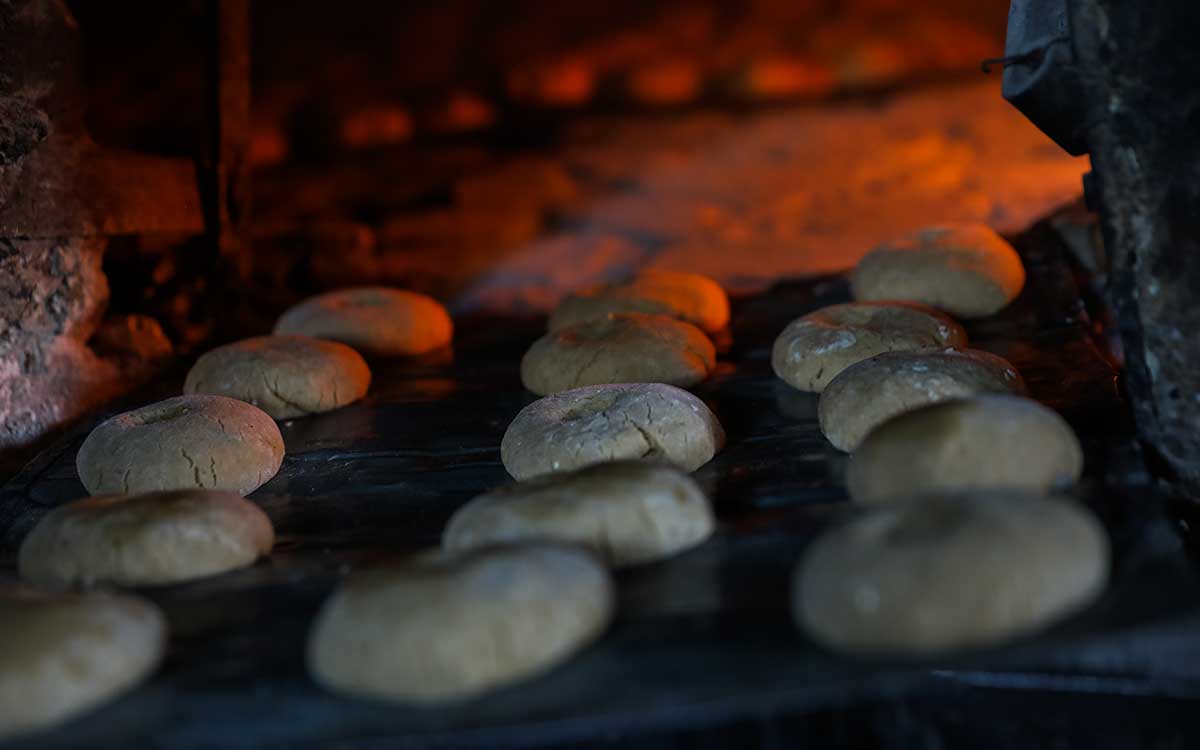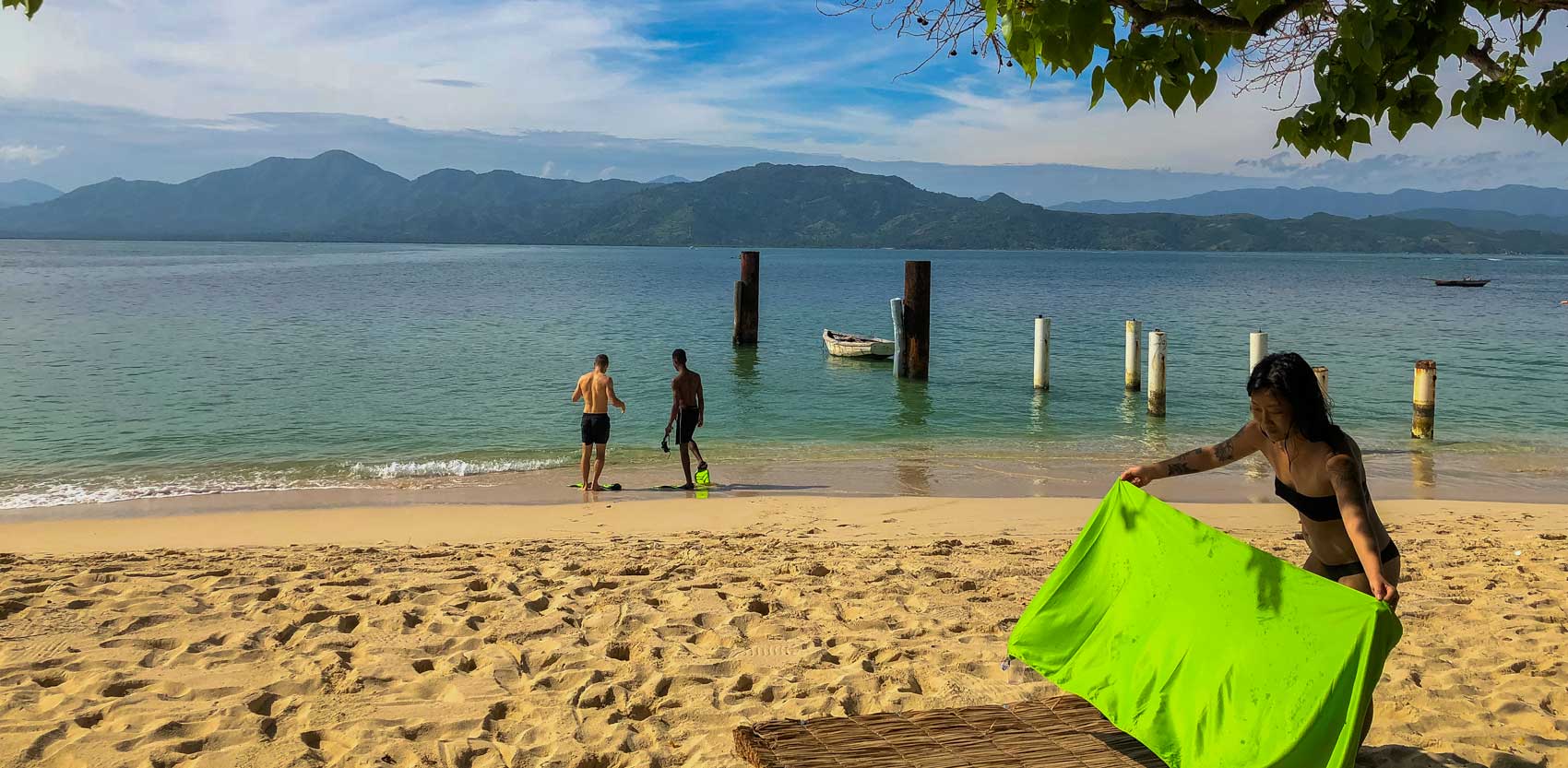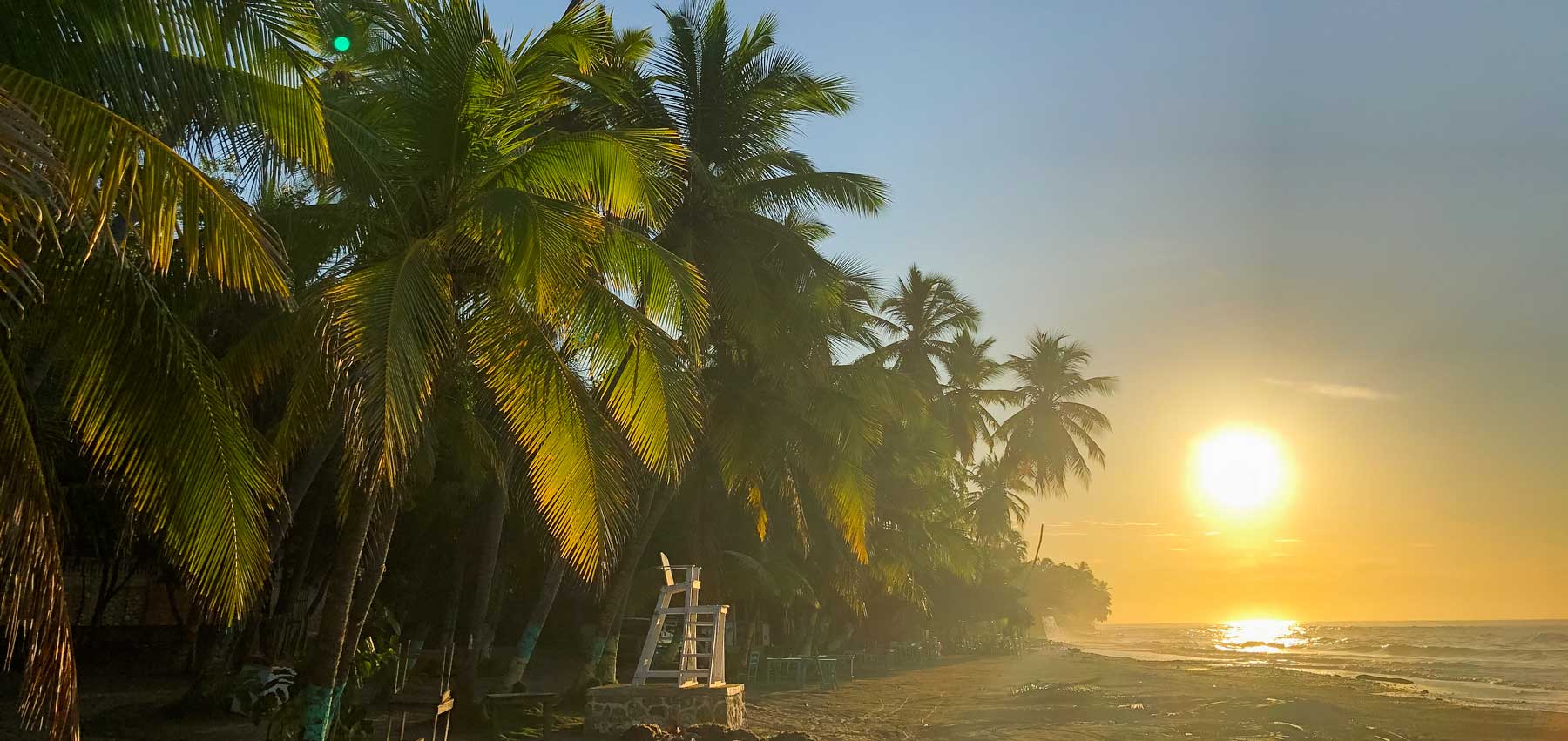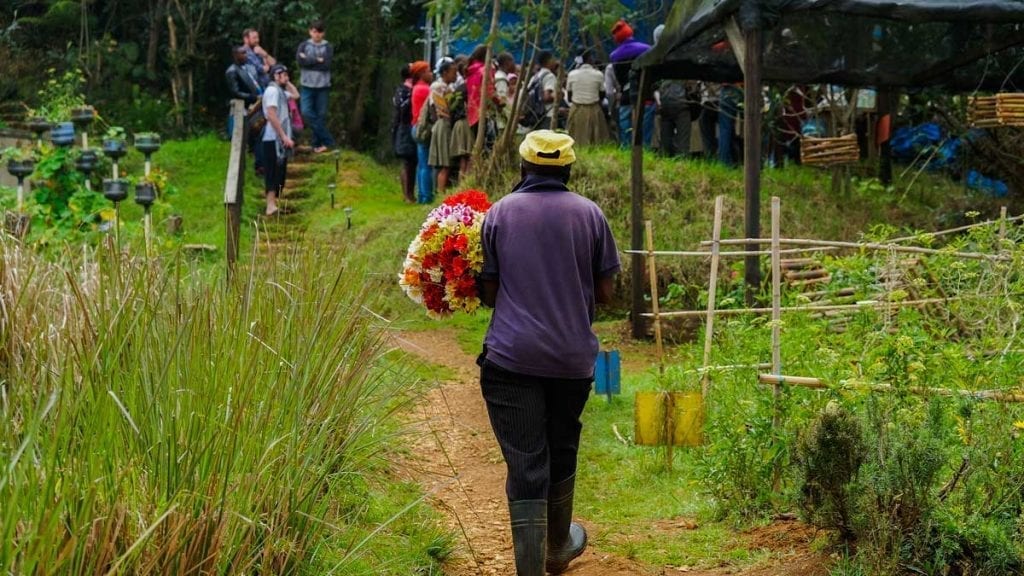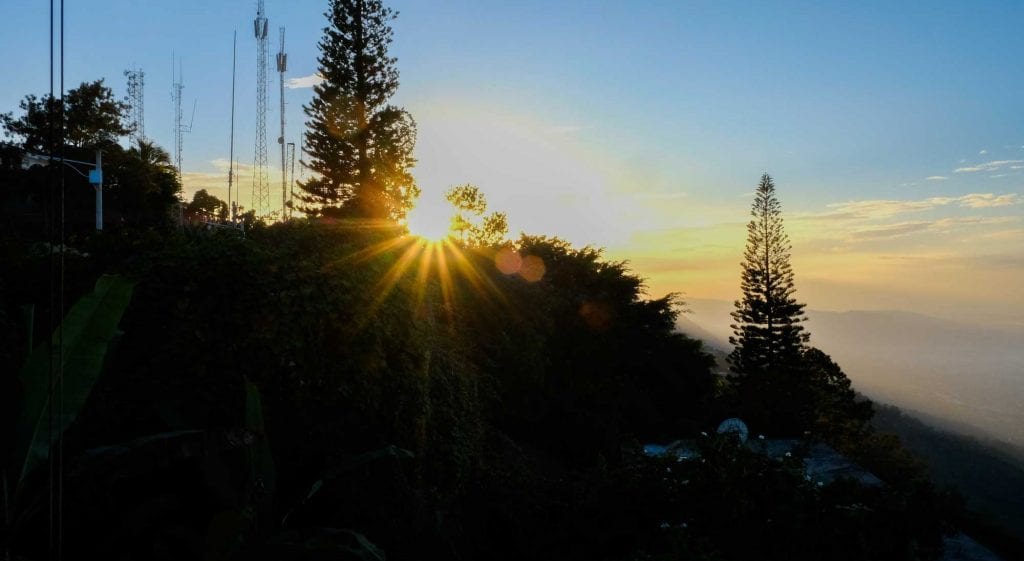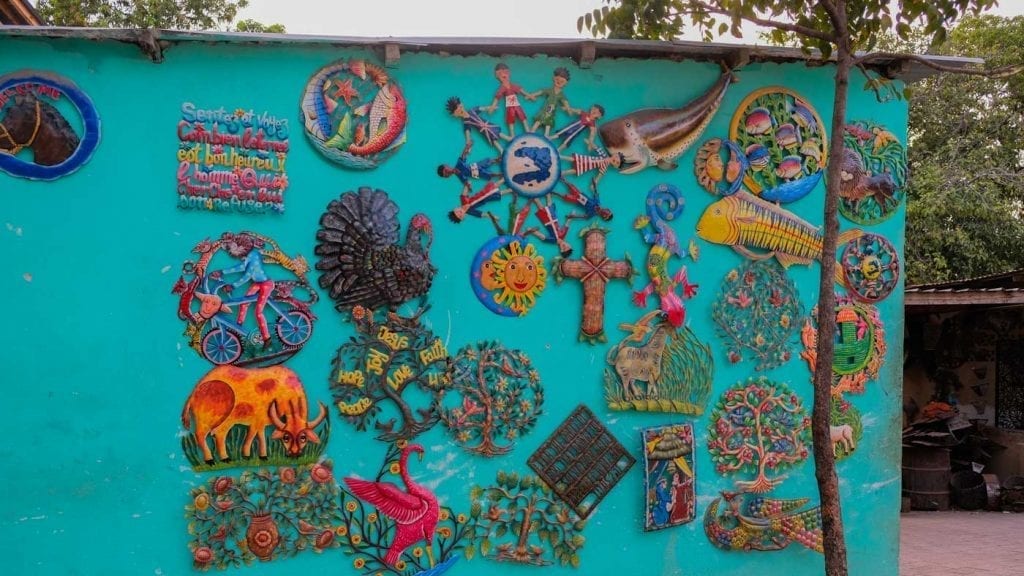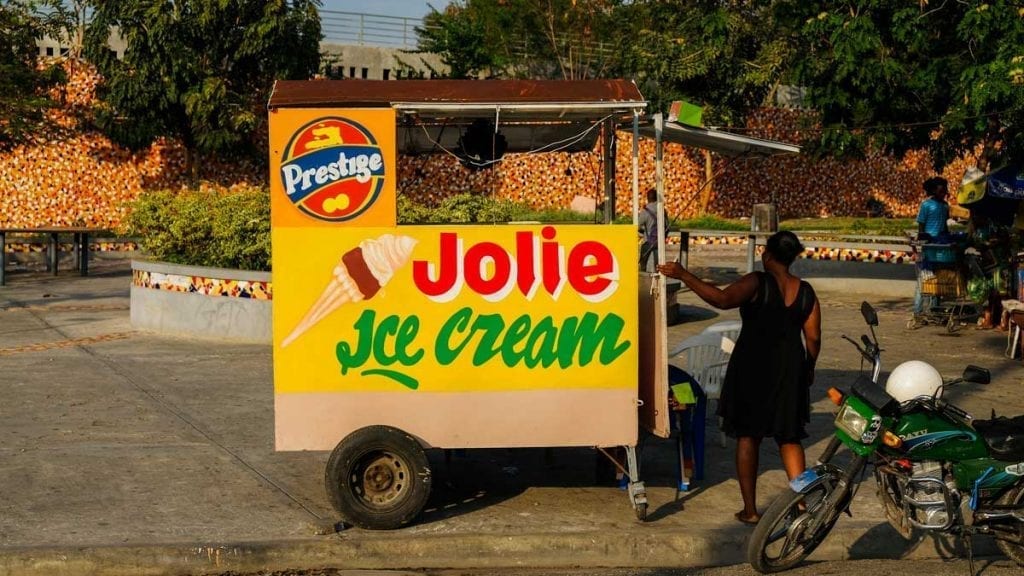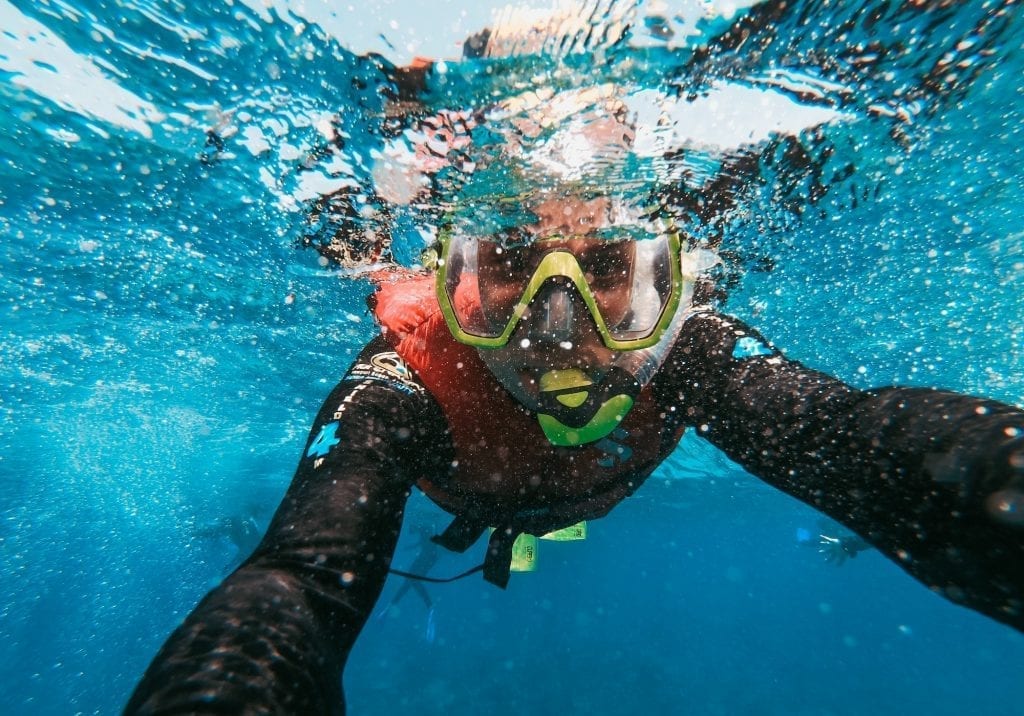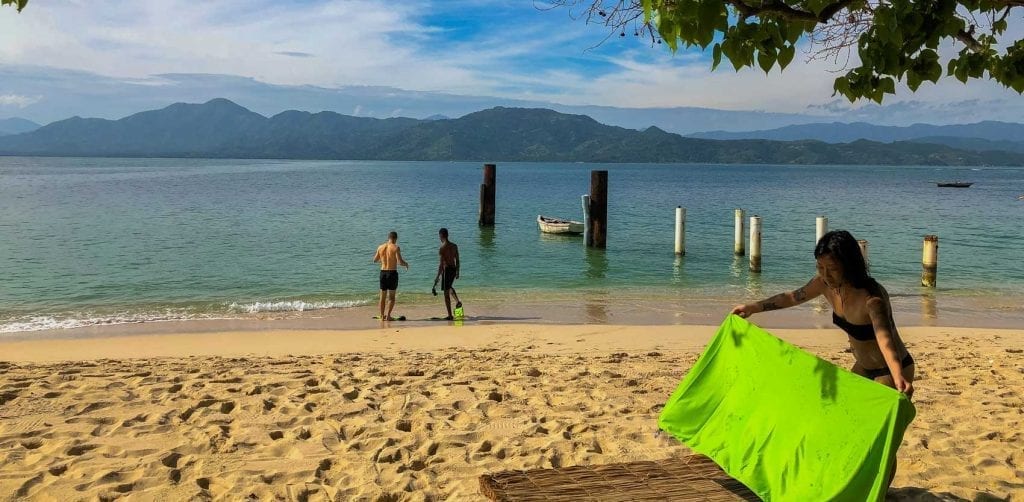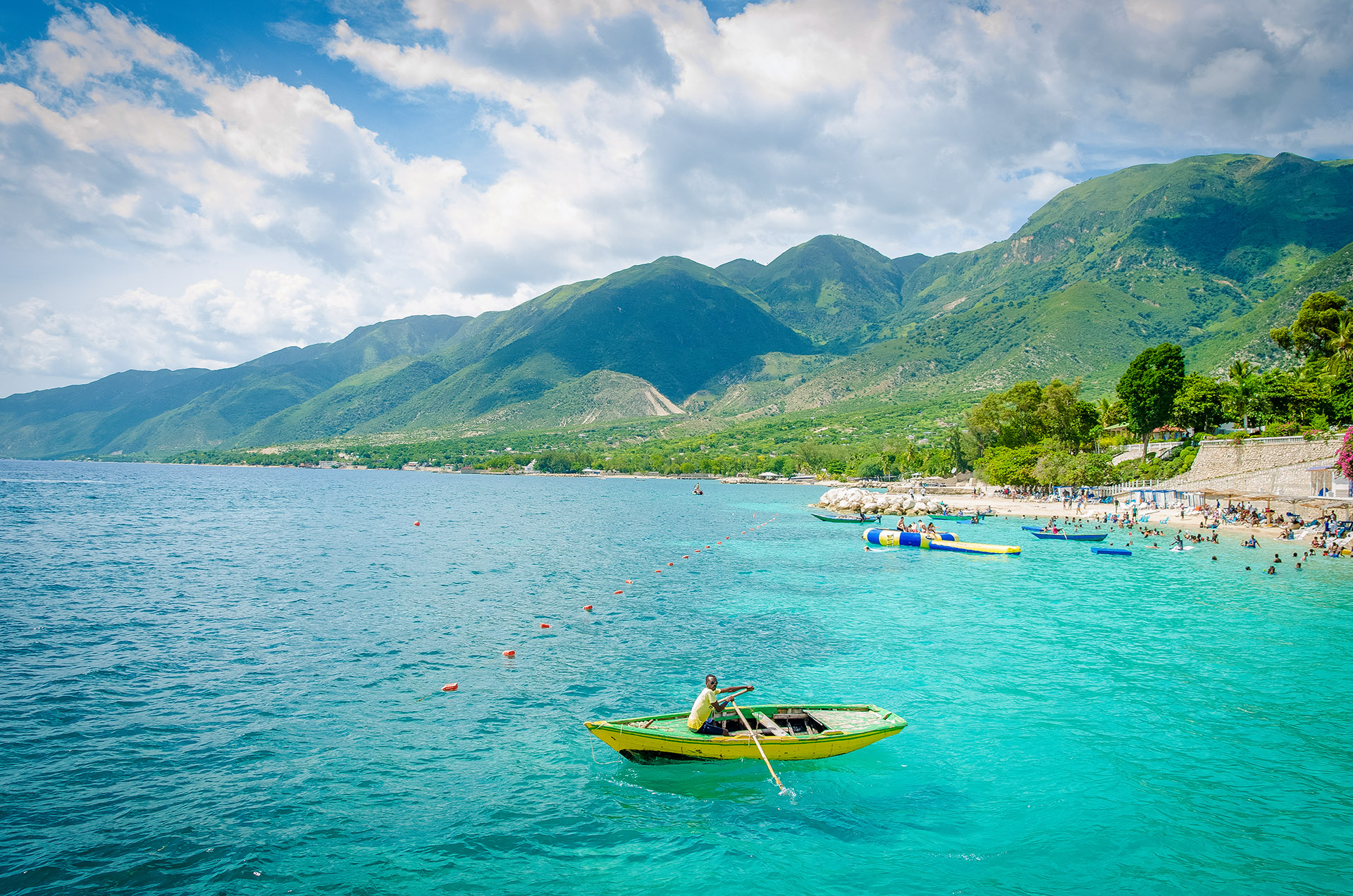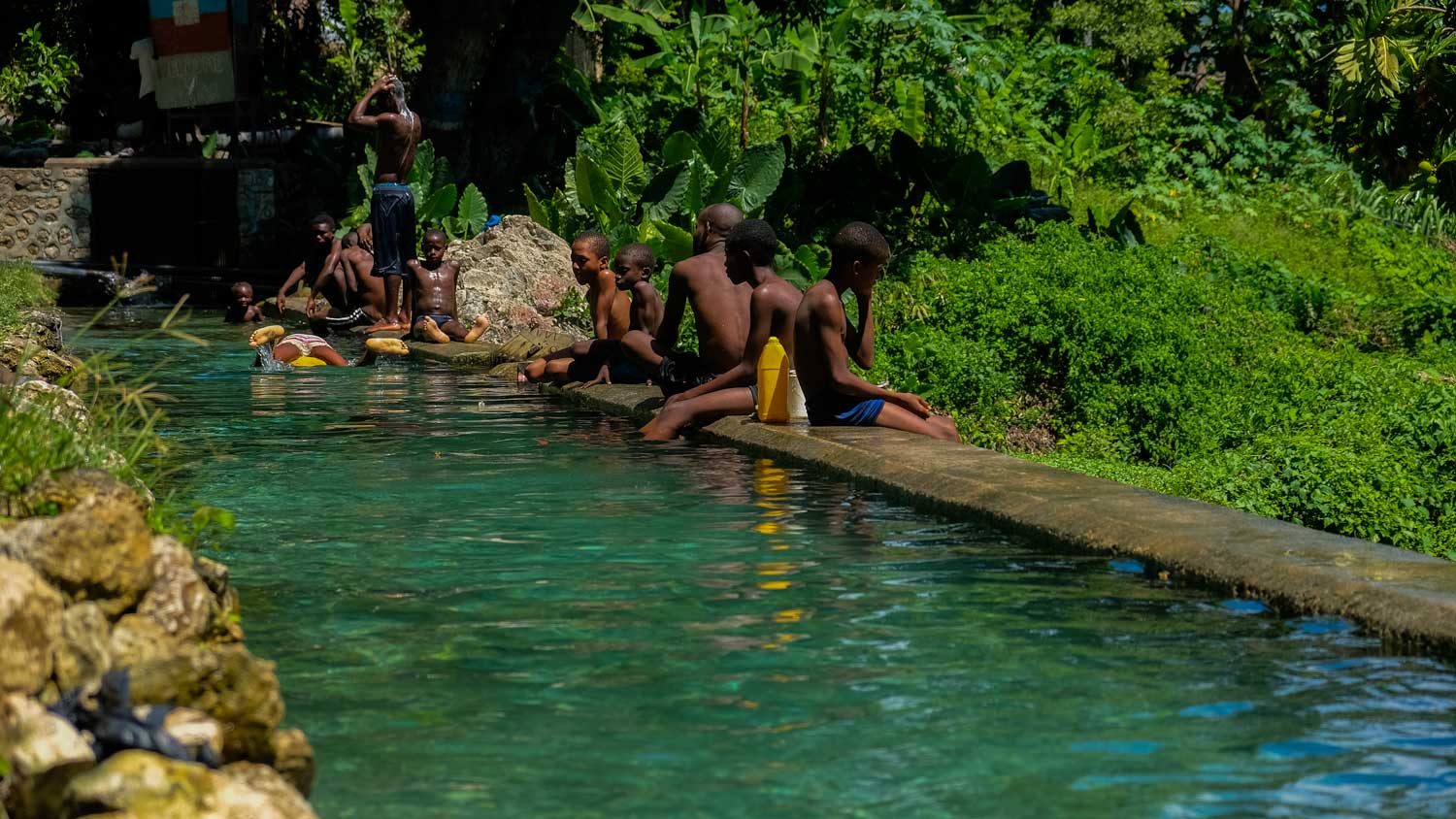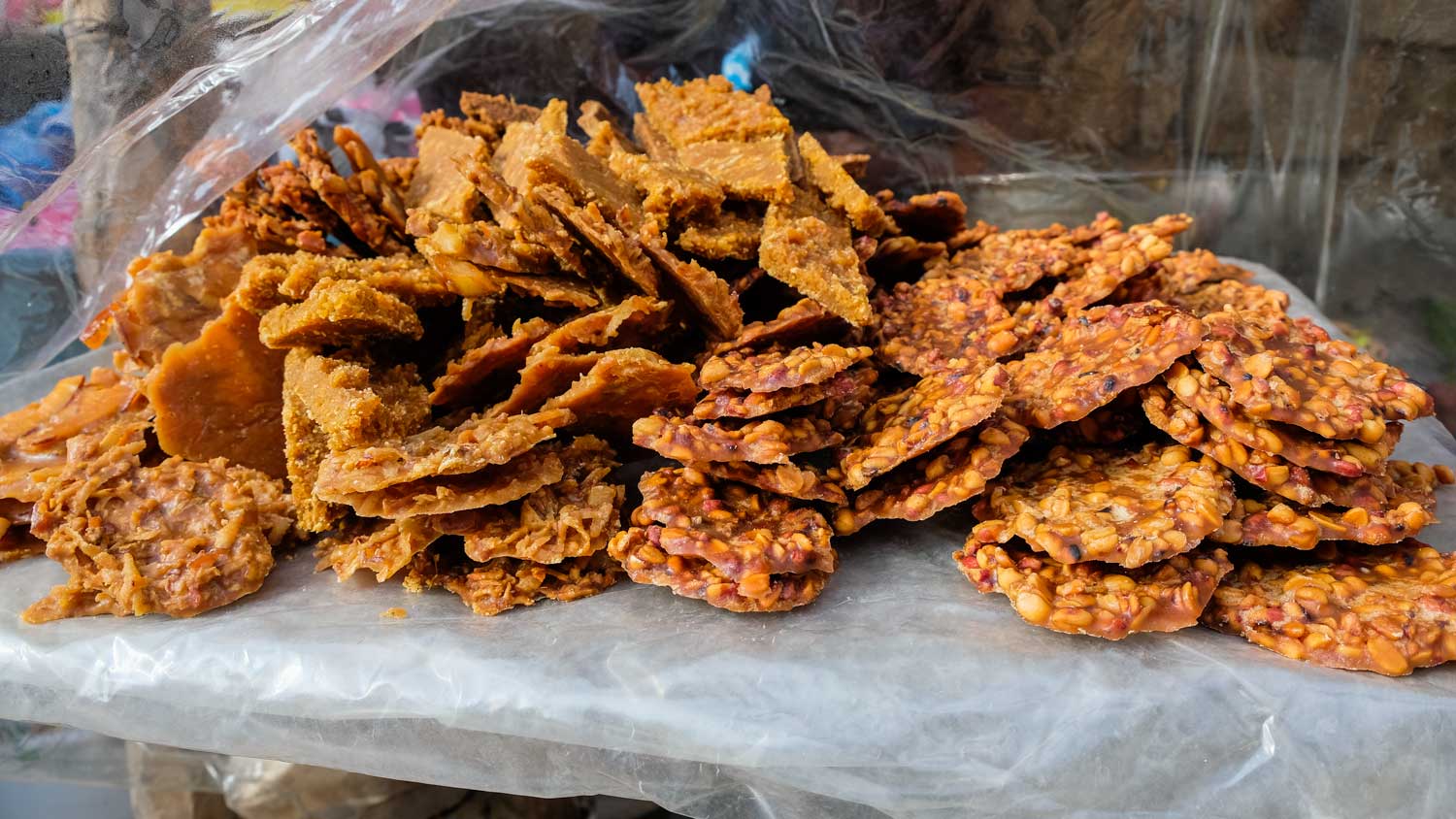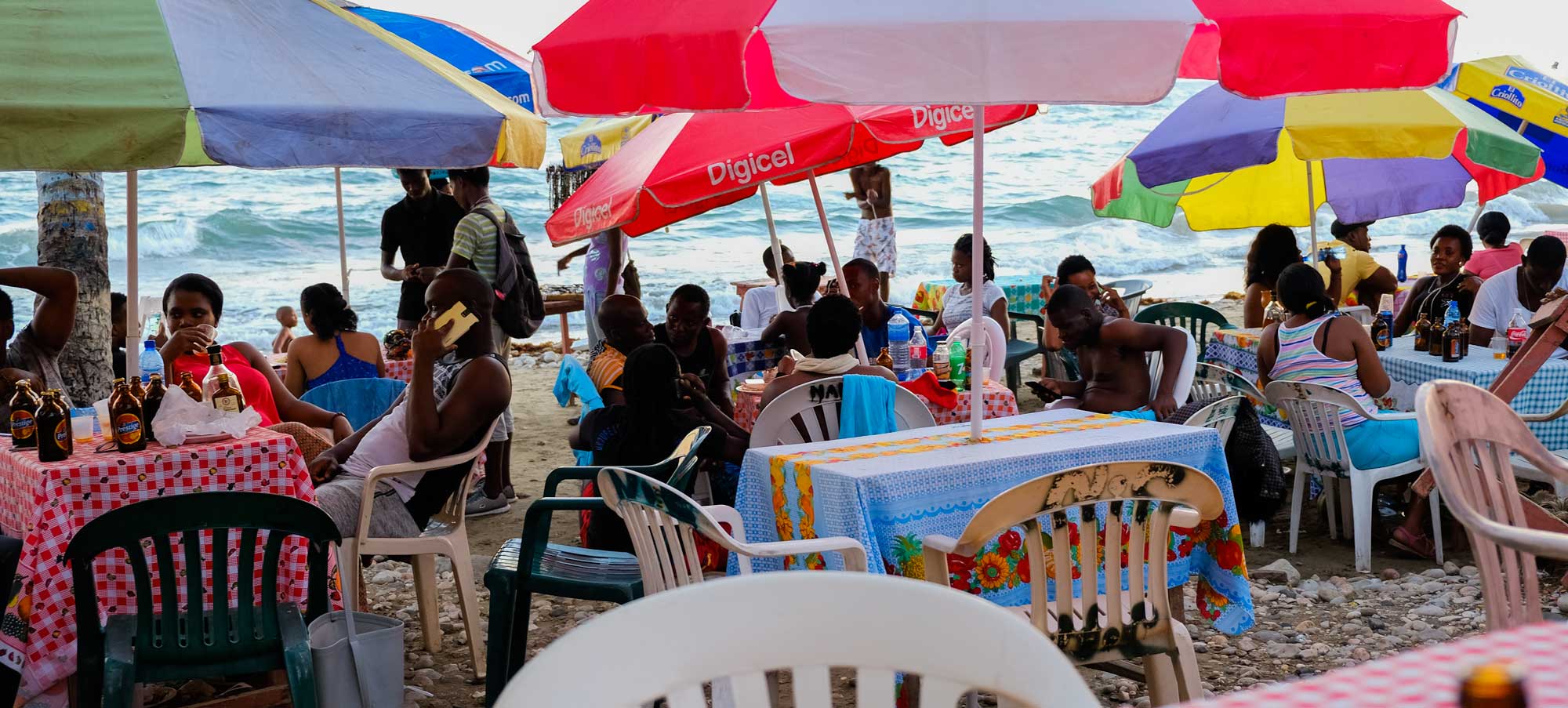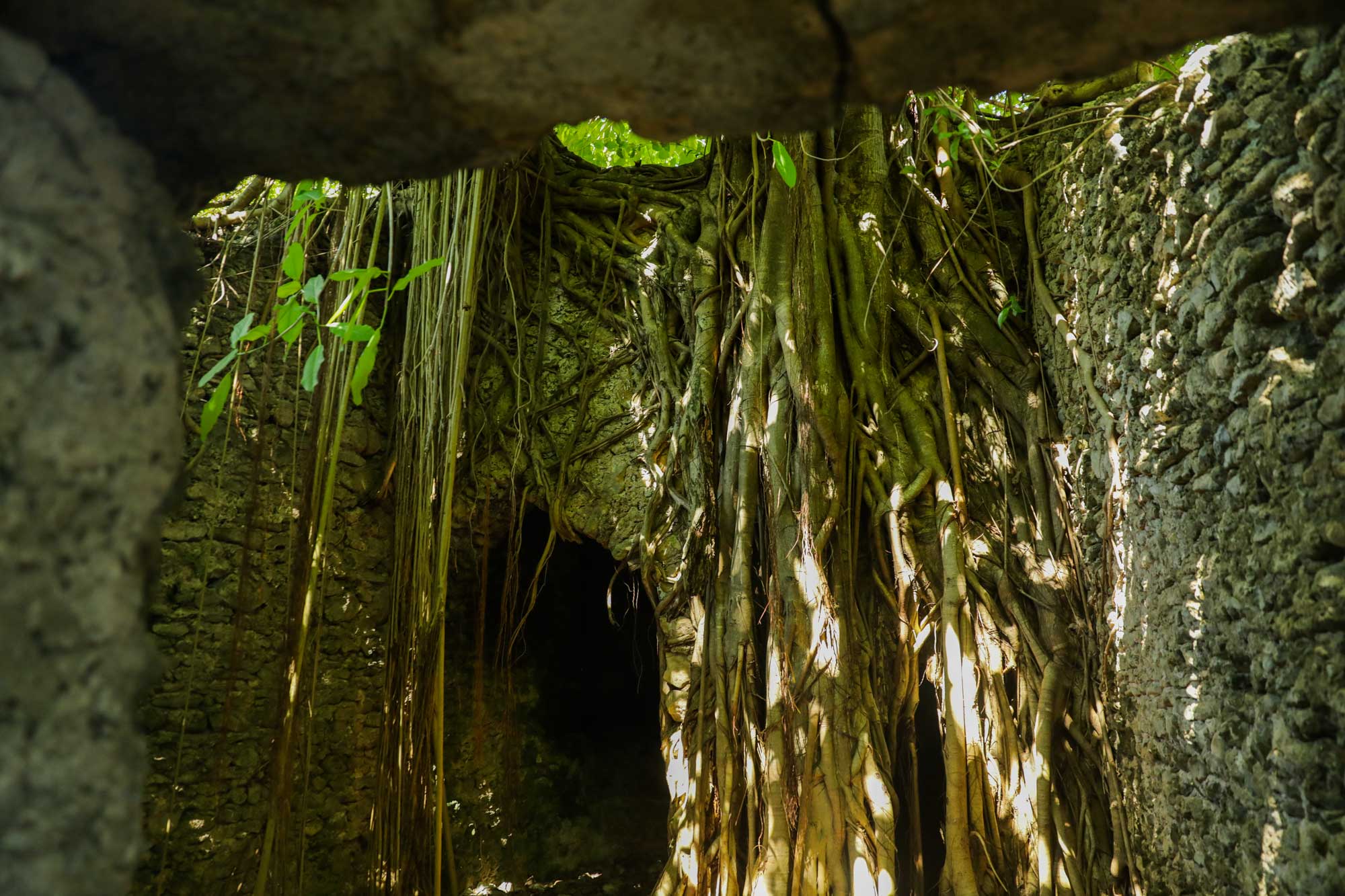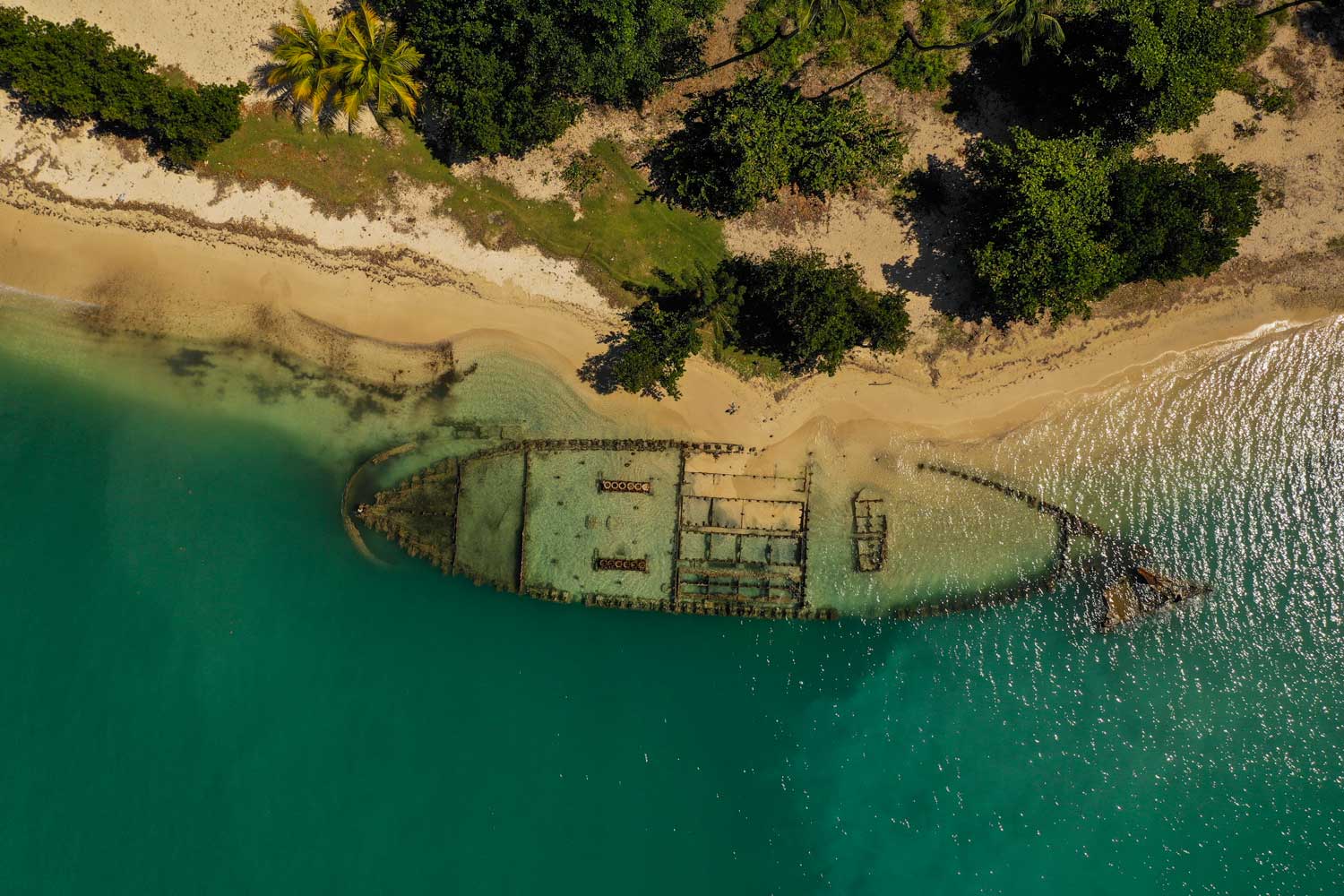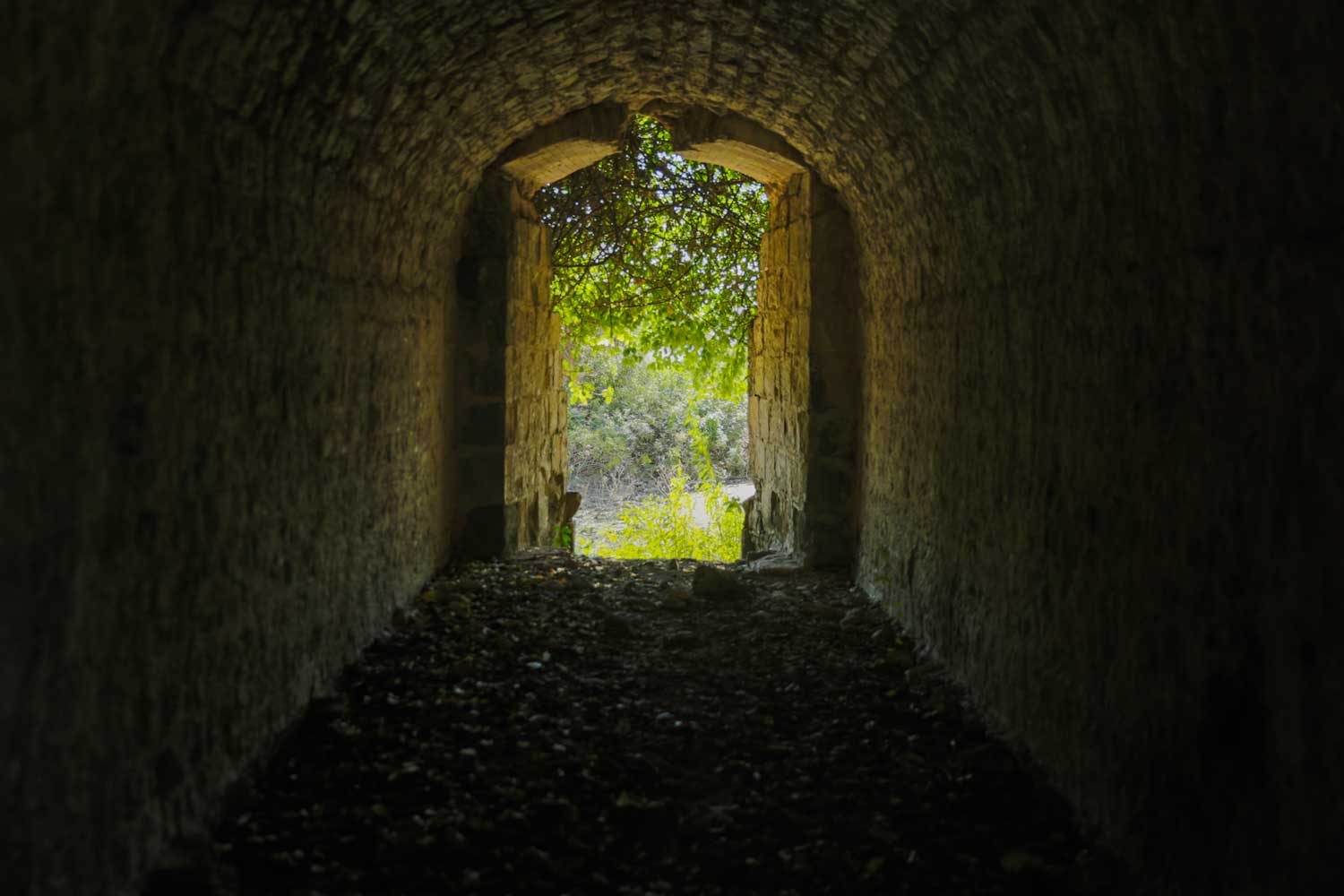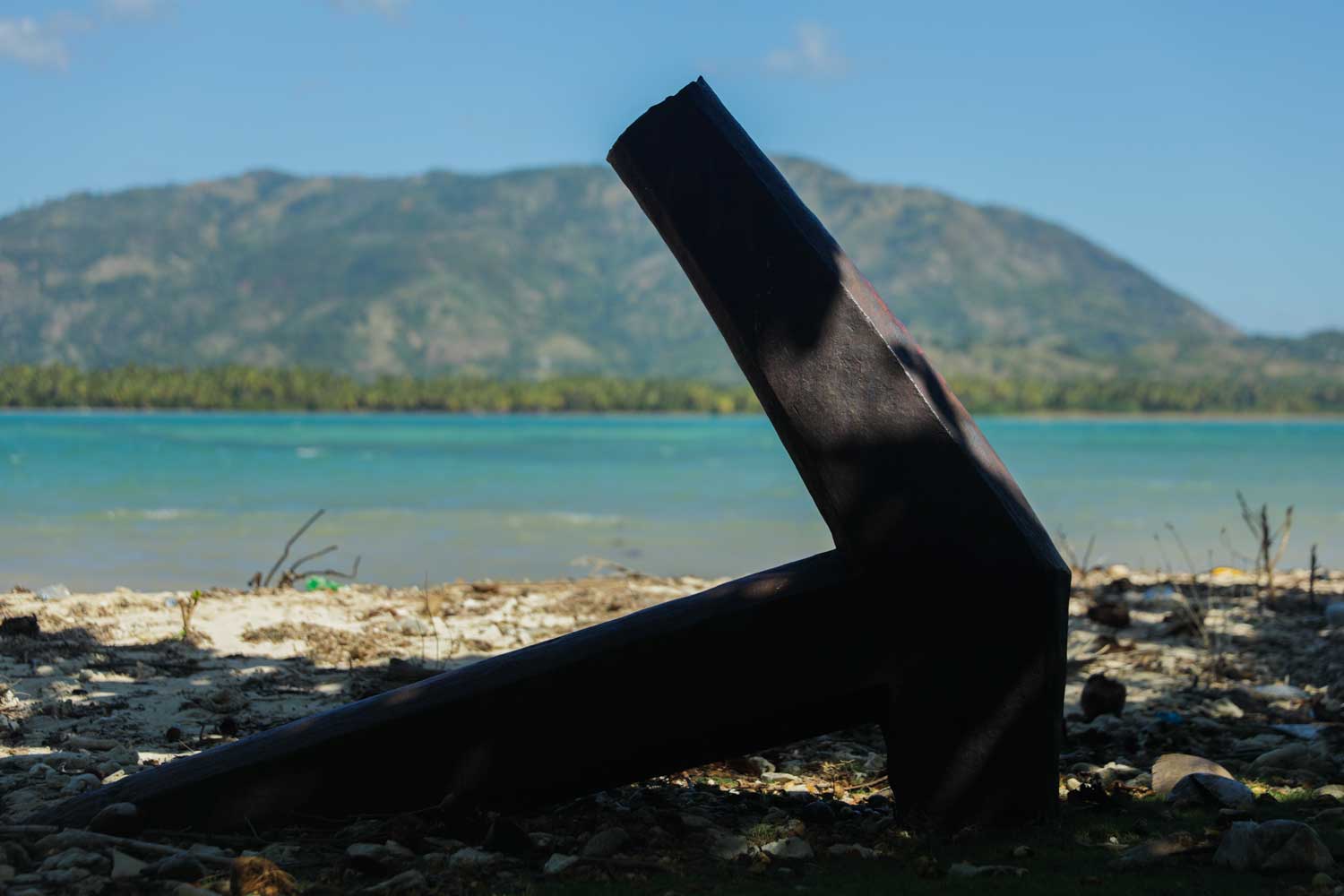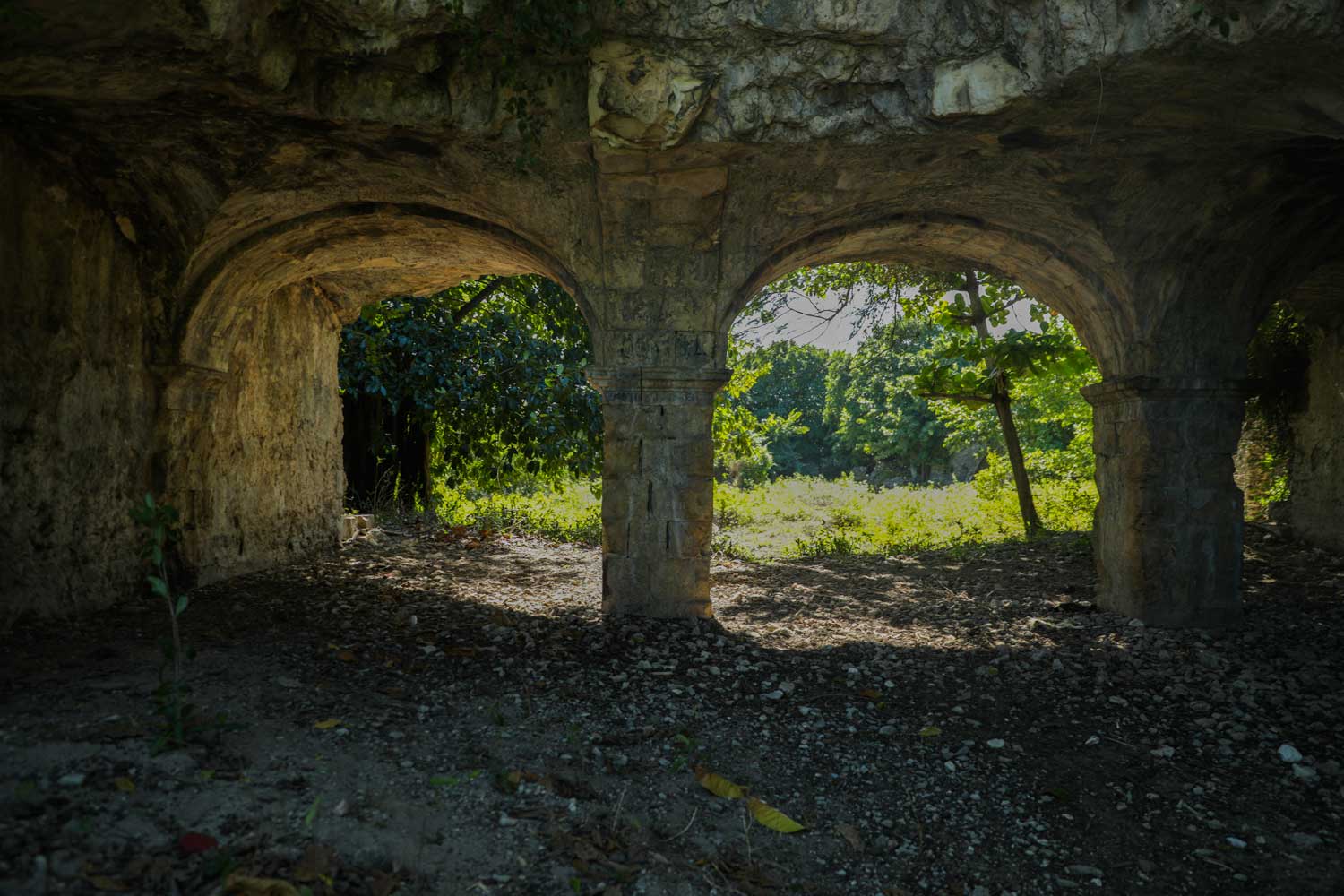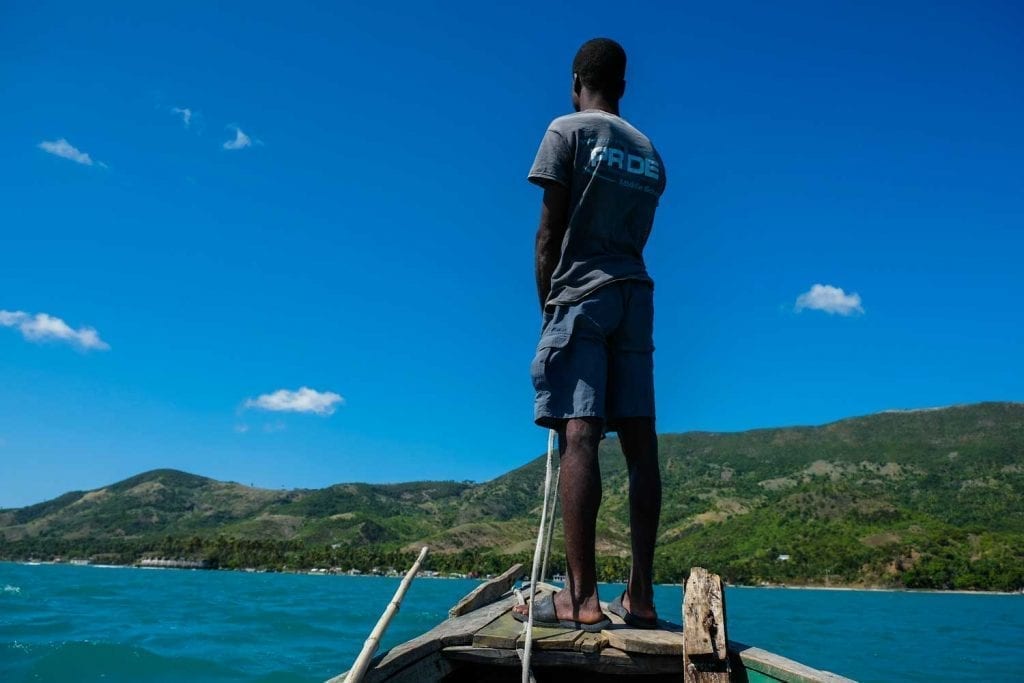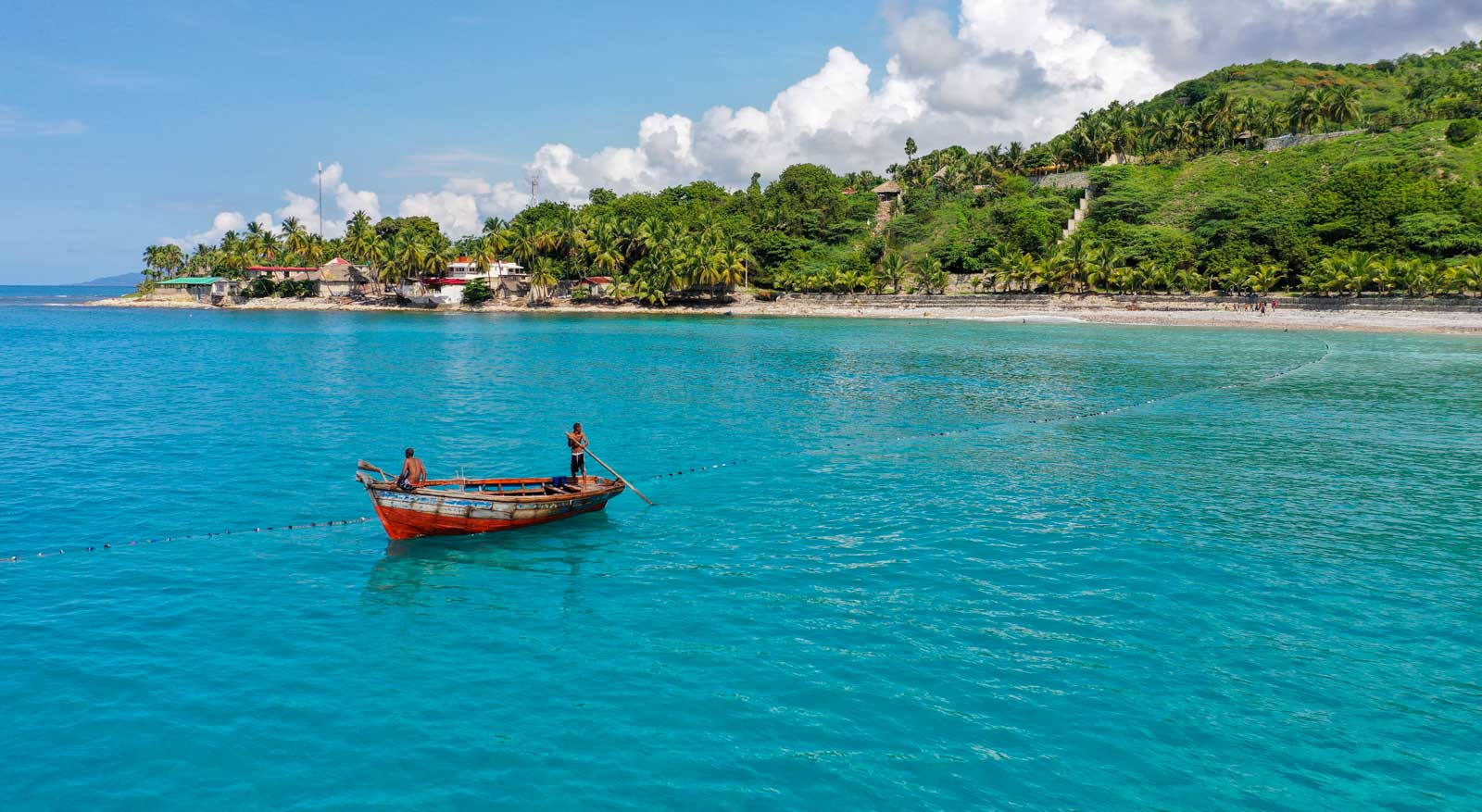
Photo: Franck Fontain
Photo Journal: Cayes-Jacmel
Just fifteen minutes outside of Cyvadier, by the city of Jacmel, is where you’ll find the small town of Cayes-Jacmel. A peaceful beachside haven with enough modern comforts to enhance its quaint, provincial feel, Cayes-Jacmel should be on everyone’s list for some tropical R and R.
Spend 15 minutes in any street or neighborhood in Port-au-Prince and chances are you’ll run into some young children— adults, too, sometimes —playing soccer. The same goes for any town outside the capital. Cayes-Jacmel’s sandy beaches turn into a fun, tropical turf.
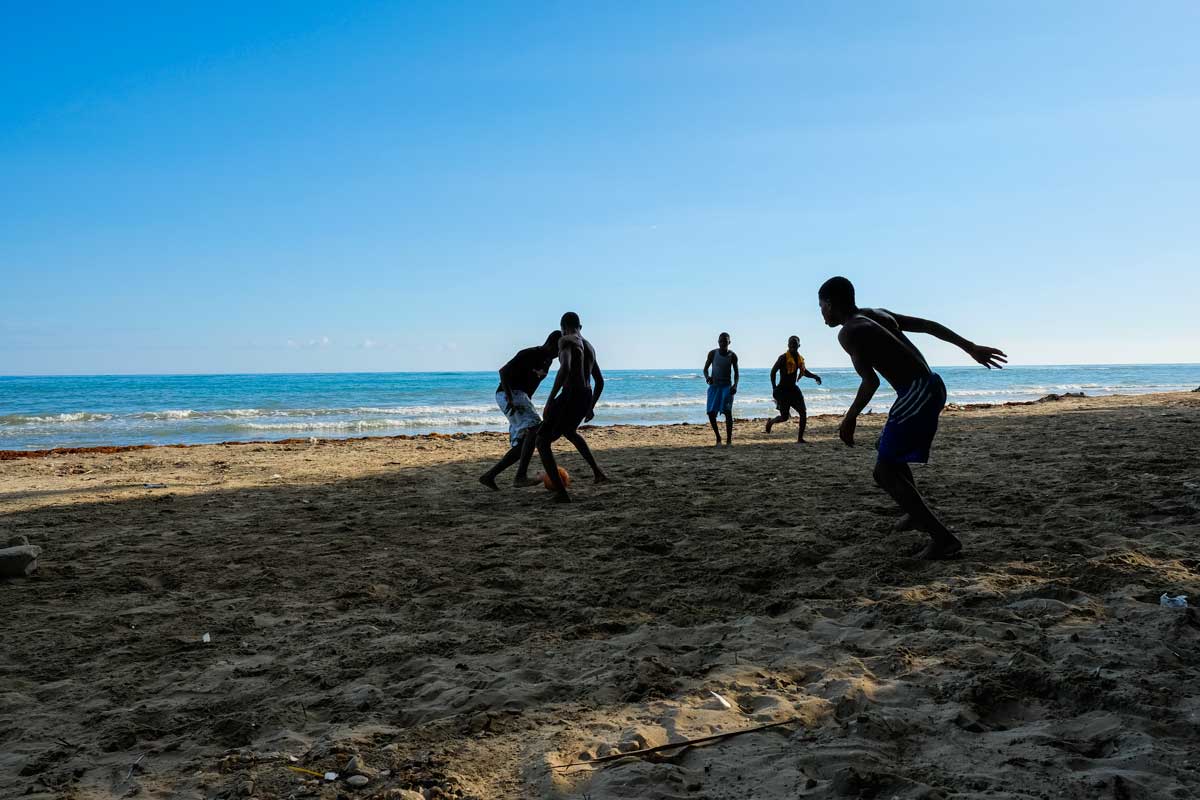
Photo: Franck Fontain
Transportation in the towns outside of Port-au-Prince can be very different from what it’s like in the capital. Cayes-Jacmel and its surrounding cities— Cyvadier and Marigot —are where you’ll see a lot of people riding behind motorcycle drivers, and on tap-taps. Motorcycle drivers outside of Port-au-Prince are much more affordable, especially if you are in a rush, or just looking for a breeze.
Being a province, even outside of the major city of Jacmel, is no deterrent to life in Cayes-Jacmel. Barbershops, nail studios, and hair salons pepper the sides of the road. Their chairs see the faces of residents looking to elevate their looks for the weekend, for a meeting in town, or because it’s Sunday, and they’re preparing for the week ahead.
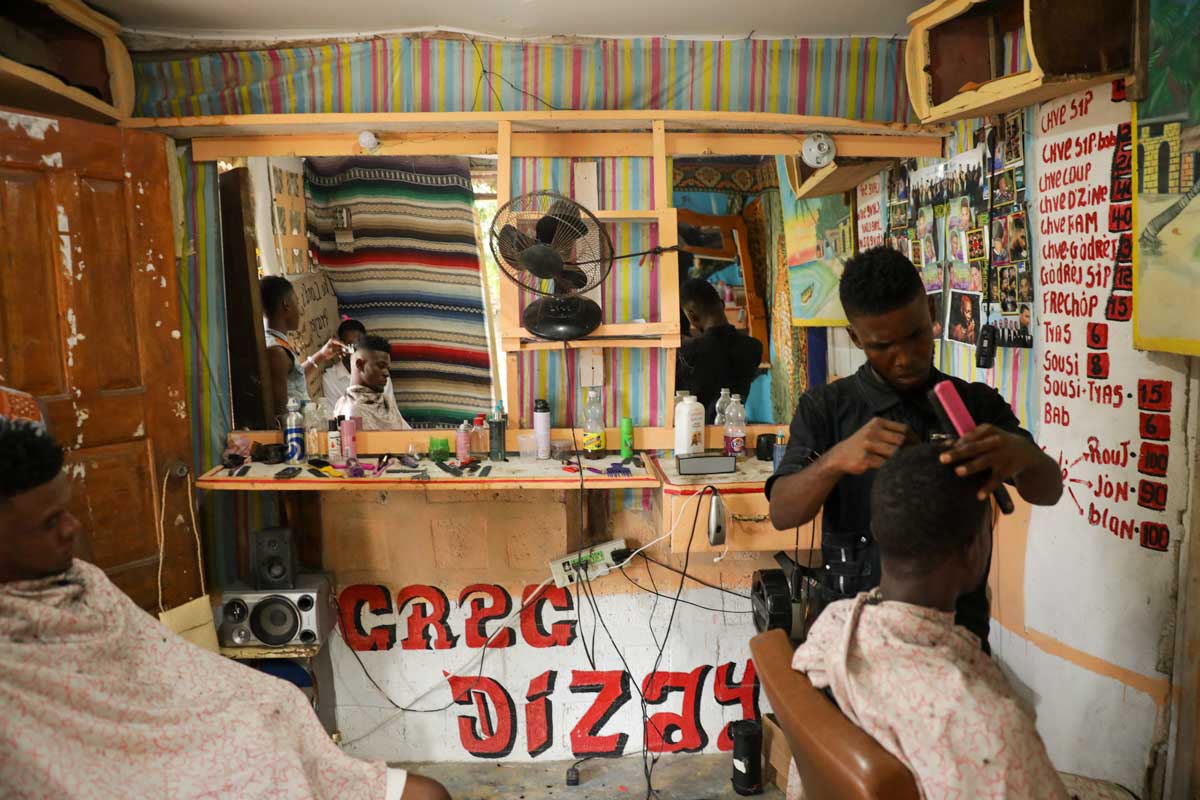
Photo: Franck Fontain
For the visual traveler and the avid Facebook updater, the scenery on the way to and around Cayes-Jacmel will be a treat. The city runs along the side of the clear blue water, where waves rhythmically crash all day and all night long. There are many picturesque pictures stops along the way!
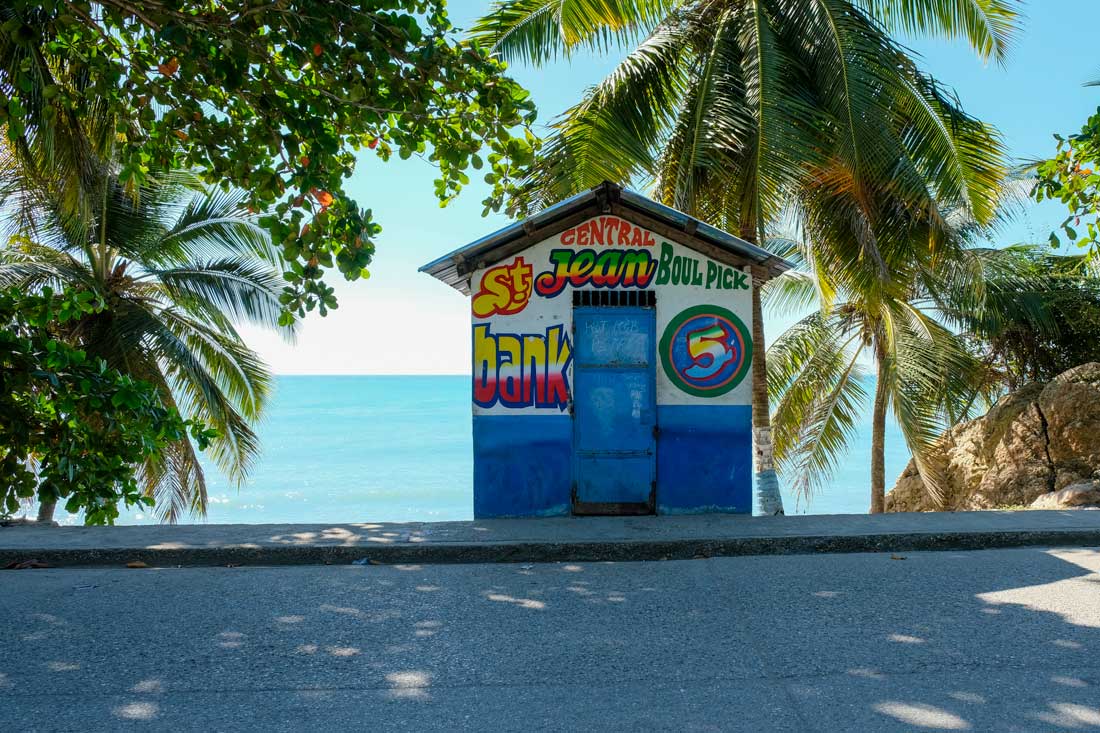
Photo: Franck Fontain
Another thing that is easily accessible in and around Cayes-Jacmel: souvenirs! Hats, necklaces, bracelets, and even sandals are almost always on display in little wooden stalls, by the side of the road, or even carried by individual vendors, ready for you to purchase and take home to keep a piece of Haiti with you.
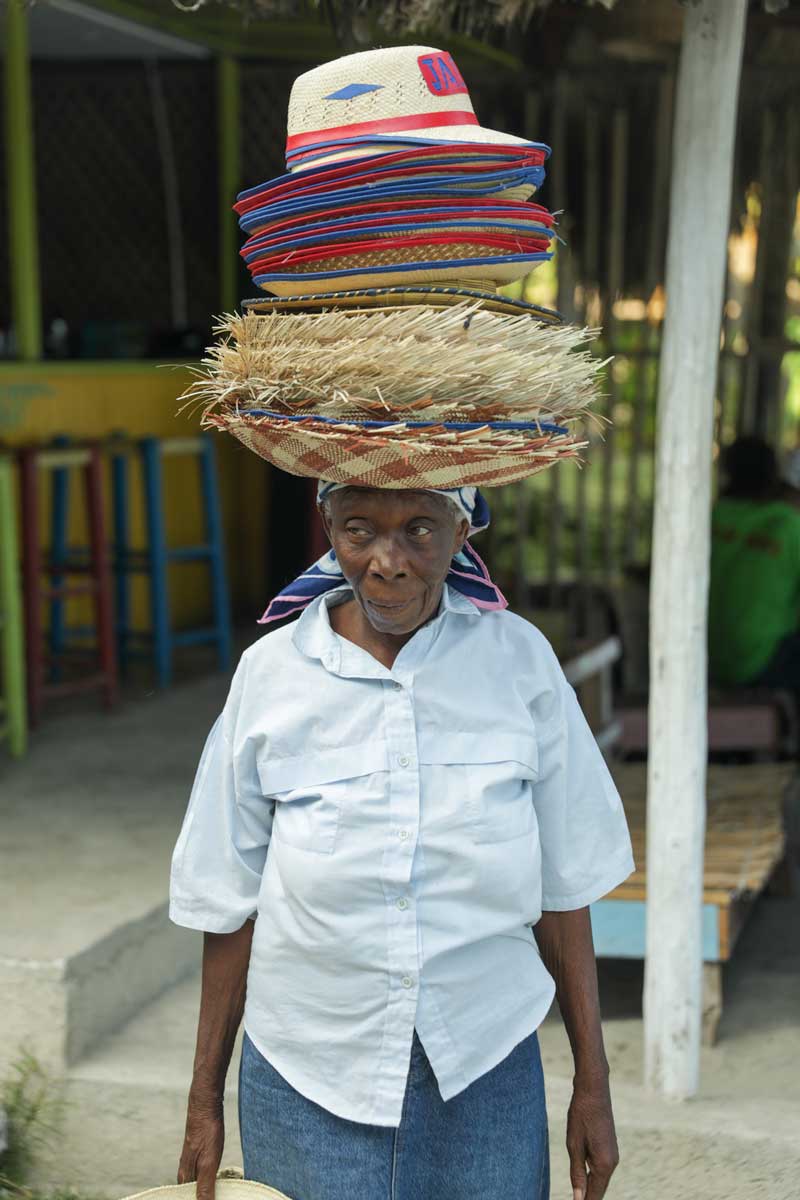
Photo: Franck Fontain
Cayes-Jacmel being right on the water means that beach access is a given at many restaurants, bars, and clubs. Le Cam’s is a popular place to eat in Cayes-Jacmel; a favorite of many Port-au-Princians and a few expats, it offers a nice, gradual entry into the water that is family and beginning-swimmer friendly.
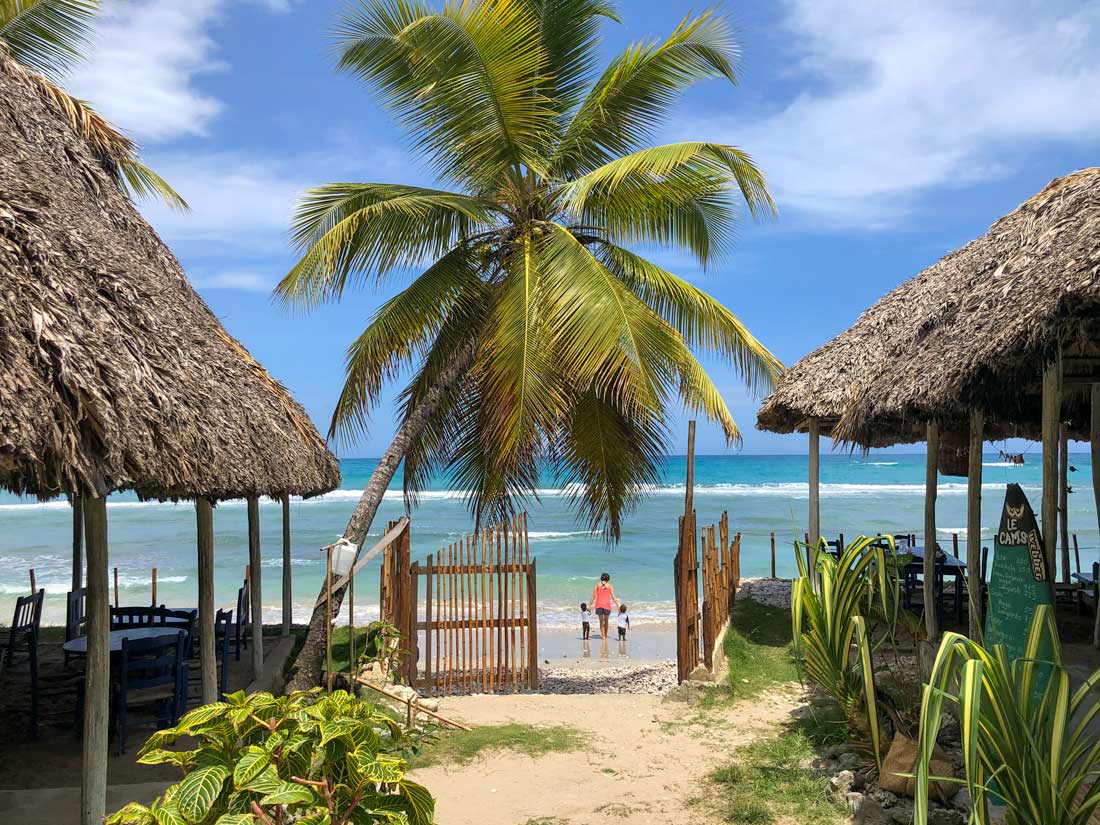
Photo: Franck Fontain
If you are looking for a more accessible, popular-with-the-locals option, Ti Mouillage is a great place to go. The beachside restaurant and bungalow sits on the edge of some of Haiti’s finest sand and bluest waters. It is another favorite makeshift field for young boys in the area to play soccer after school in the afternoon.
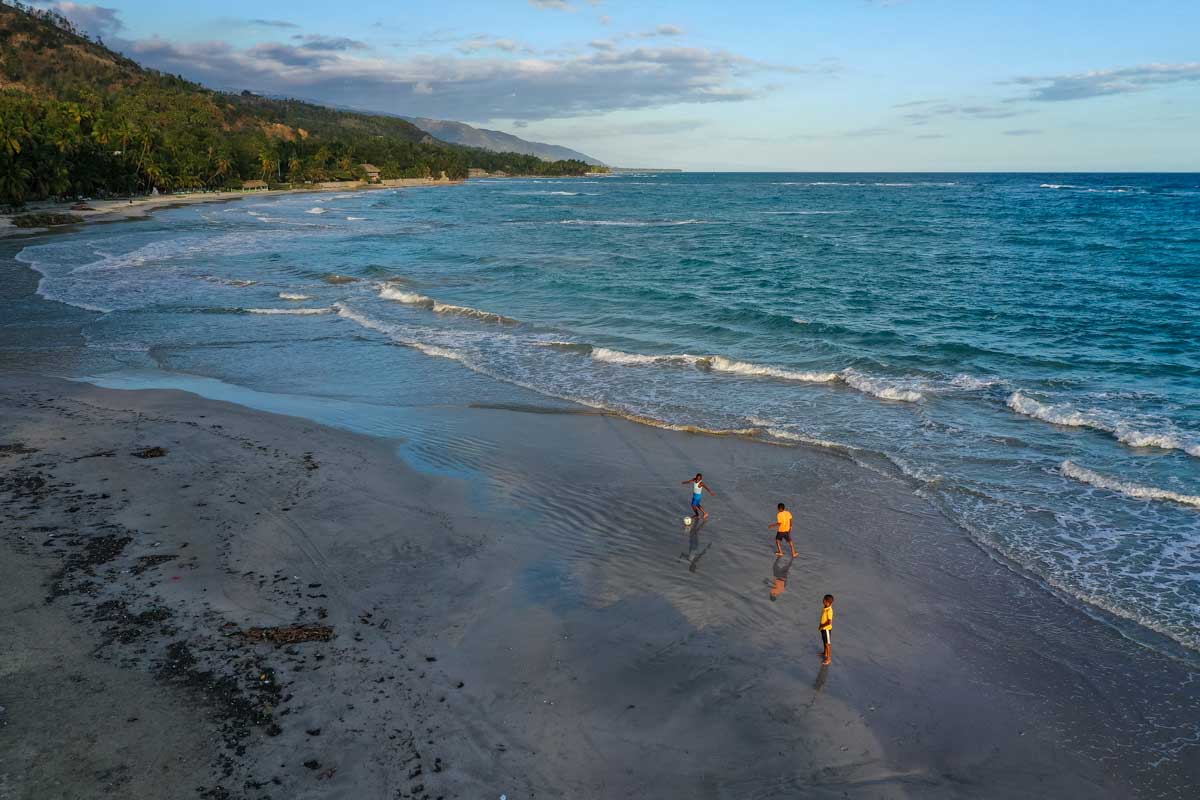
Photo: Franck Fontain
Young boys and girls in cities outside of Port-au-Prince enjoy their days and afternoons differently, and many times, participate in their home life differently, too. Many are helping parents in the kitchen as soon as they can repeat ingredients back to them, and almost each one has a warming childhood story about when a parent sent them to get something at the corner store.
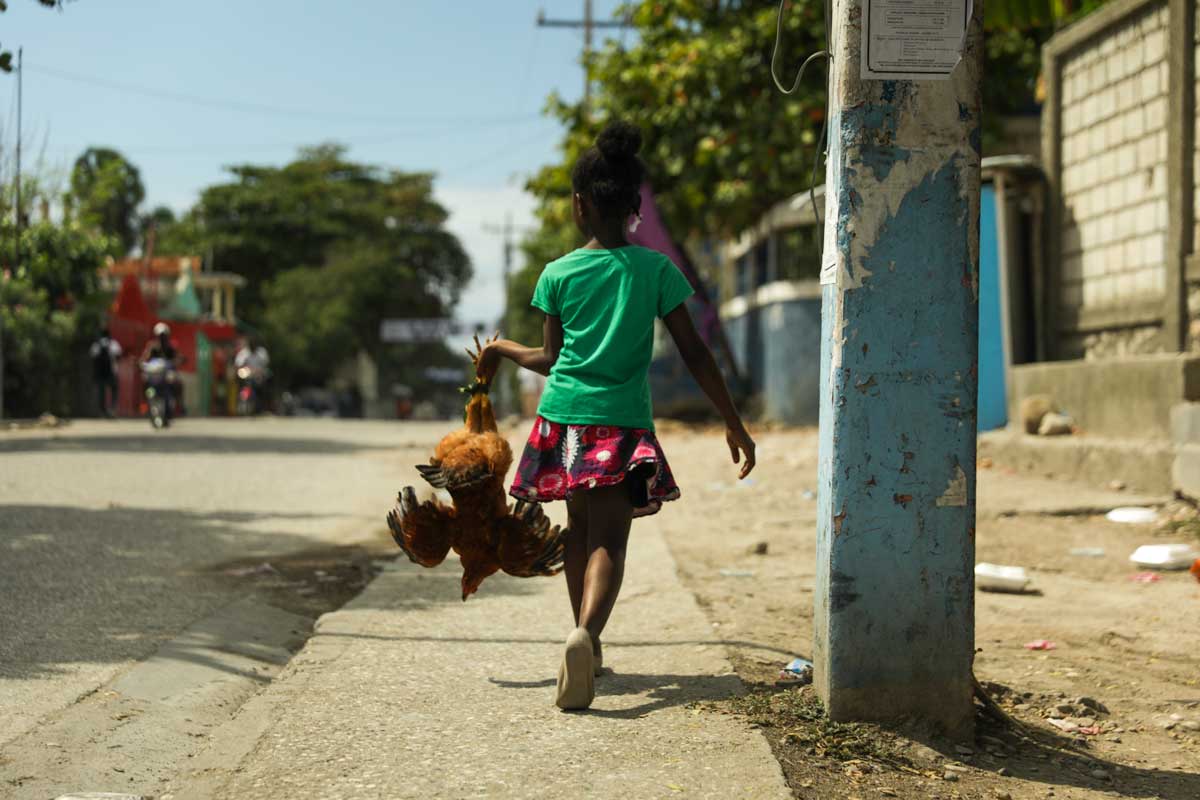
Photo: Franck Fontain
A lot of the young boys who play soccer on the beach or in their neighborhoods dream of being part of their local team when they’re a little older, to play at the Cayes-Jacmel stadium. A lot of regional soccer championships are hosted there, as well as large weekend parties and events.

Photo: Franck Fontain
The stadium is not too far away from the Raymond-Les-Bains beach, where the sunsets rival the grilled fish and fried plantains in how exclusive and deliciously amazing they are. Raymond-Les-Bains is really well known for weekend parties, patron saint festivals, and really good, tasty fish. Make sure to ask your waiter to see the different sizes available the day you visit!
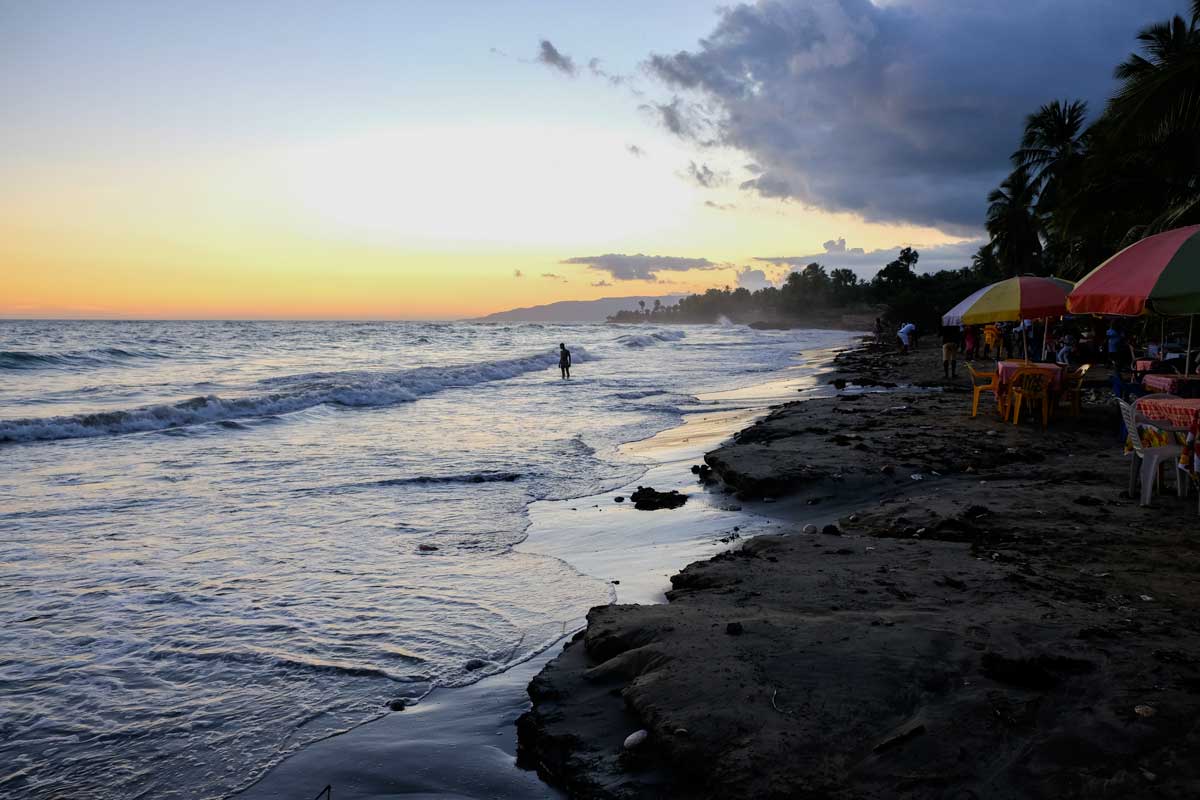
Photo: Franck Fontain
Cayes-Jacmel stands in harmony with and independently of Jacmel, a city full of history and culture. Cayes-Jacmel is what every tropical trekker’s dreams are made of: golden sunsets, slow living by the beach, and small community moments that bring you closer to locals.
Explore Haiti’s Best Hotels

Paradise for your inbox
Your monthly ticket to Haiti awaits! Get first-hand travel tips, the latest news, and inspiring stories delivered straight to your inbox—no spam, just paradise.




